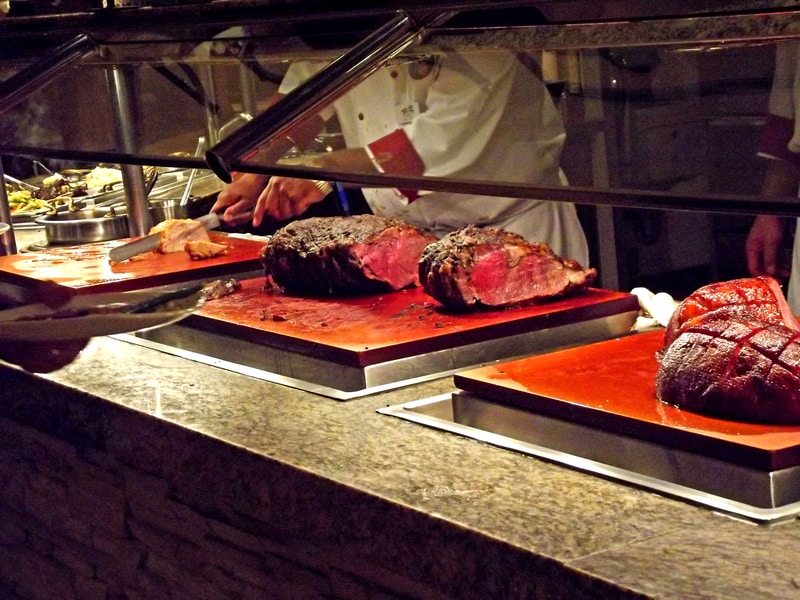Roasts and turkeys are common items served on holiday buffets and catered parties. These items bring with them a unique food-borne illness potential, and certified food managers should take steps to ensure that their roasted meat is safe for their guests.

How Certified Food Managers Can Prevent the Spread of C. perfringens
C. perfringens ranks as one of the most common food-borne illness culprits. This bacterium exists in raw meat and poultry, and it historically causes outbreaks in facilities such as nursing homes and schools and at catered events where large quantities of food consist of roasted meat. To reduce the risk of the spread of illness, it’s important that all poultry is cooked thoroughly and to and internal temperature of 165 degrees, and meat roasts must reach an internal temperature of 145.
Larger portions of meat pose a second hazard when it comes time to cool and refrigerate them. Big chunks of poultry, beef and pork cannot simply be placed in the refrigerator whole. The Minnesota Food Code outlines proper cooling procedures for this type of product.
- All product must be cooled from 140 degrees to 70 degrees within two hours and to 41 degrees after reaching 70 within four hours
- Large portions must be sliced or cut into smaller sections
- Meat should be placed into shallow pans
- If necessary, an ice bath should be used to bring cooling foods down to 41 degrees as soon as possible
While it’s important to be diligent throughout the rest of the year, the holiday season brings out many guests who may not often frequent your establishment, so proper cooking and cooling procedures are a must. If your outlet serves children, the elderly or other high-risk groups, make sure that your staff is fully trained on these procedures.
We’d like to know what your favorite holiday meals are. Leave your go-to dishes in the comments section below.
